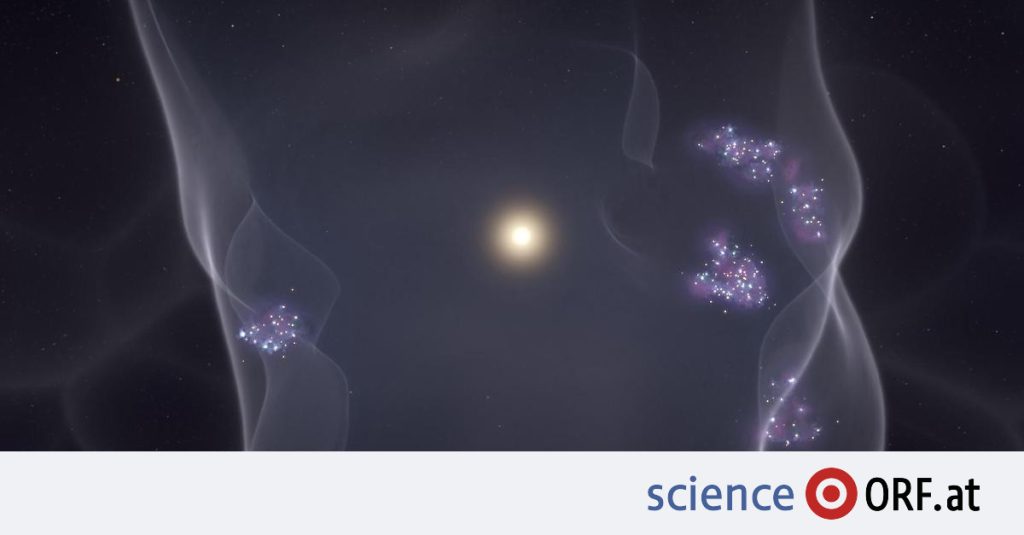team around Kathryn Zucker From the Harvard-Smithsonian Center for Astrophysics (USA), with the help of new data from the space telescope “Gaia” The European Space Agency (ESA) has reconstructed the recent history and structure of the Milky Way with much greater accuracy than before.
The result is a complete 3D visualization of a file local bubble Including the team in “Nature” magazine mentioned. This is filled with a hot, low-density gas, surrounded by an envelope of cold, neutral gas. All new young stars in our galactic environment are forming and forming at these edges.
The history of the local bubble began about 14 million years ago when about 15 supernovae occurred over a period of several million years. During these cosmic events, extremely massive stars explode at the end of their lifespan. He explained that “the last of these star explosions occurred about two million years ago.” Joao Alves of the Institute of Astrophysics at the University of Vienna, one of the study’s authors.
The sun is in the center
Due to the massive explosions of stars, the surrounding interstellar gas was pushed out and the local bubble was created. Gas condensed at the edges and molecular clouds formed, in which stars could finally form. There are seven known and well-discovered regions of star formation on the outer surface of the bubble.
Alves asserted that it was a “coincidence” that the Sun is currently located roughly exactly in the middle of the local bubble. In the first supernovae that led to the formation of the cavity, the Sun was still a long way off. “But about five million years ago, the galactic orbit of our sun drove our solar system straight into the local bubble. We are now sitting roughly exactly in the middle of it.”
Out of the bubble in five million years
Since the cavity will not expand indefinitely — the expansion has already lost its momentum and settled at a relatively constant speed of six to seven kilometers per second — Elvis estimates that our solar system will leave the bubble again in about another five million years. “It will also depend on how many massive stars close to the Sun will explode during this time – there will certainly be a few, like Antares in the heart of the constellation Scorpius,” said the astrophysicist.
Alves asserts that Earth must have gone through and survived many of these bubbles since it formed about 4.5 billion years ago. The question is always what effect will this have on the planet. “Depending on how close we got to a true supernova in the past, the outcome could range from a beautifully bright new star in the sky to a mass extinction.”
Perforated as Emmentaler
Statistically speaking, it is highly unlikely that the Sun would be at the center of such a large bubble if such structures were rare in the Milky Way, scientists assert. So they hypothesize that such bubbles play an important role in galaxies like the Milky Way and that these bubbles are pierced like Emmental.
They are generated from dying stars in supernovae, and new stars can appear over and over at the edges of bubbles. In the next step, the scientists want to measure all the interstellar bubbles within the band, thus obtaining a complete 3D visualization of the structure.

“Total coffee aficionado. Travel buff. Music ninja. Bacon nerd. Beeraholic.”







More Stories
Researchers detect extremely high-energy gamma rays
Anxiety disorders in old age increase the risk of dementia
Researchers are particularly fascinated by these exoplanets.